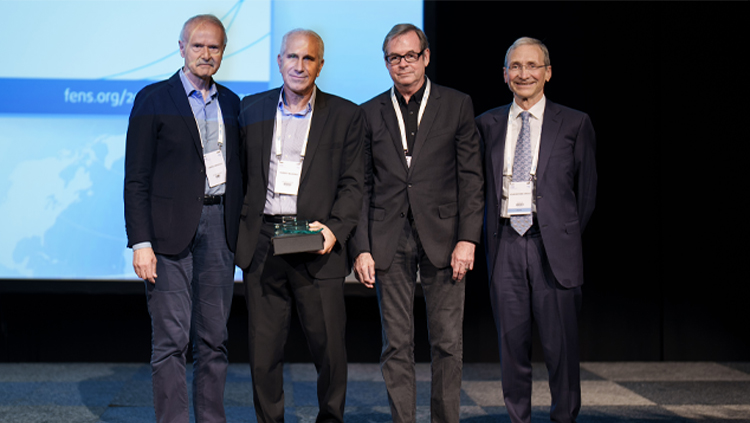Message From the President: Exceptional Science
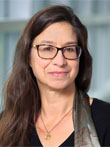
Gina Turrigiano
While there are many reasons for our community to gather in person at the SfN annual meeting, perhaps the most important is to be exposed to the depth and breadth of top-tier neuroscience from around the world. Neuroscience 2022 offers an exceptional lineup of speakers, led by our Presidential Special Lecturers. These speakers were chosen to showcase some of the incredible insights we are gaining into how perception and internal states guide and influence behavior, and to illuminate the diversity and beauty of neuroscience approaches across levels of analysis.
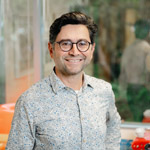
Ardem Patapoutian
Ardem Patapoutian, PhD, professor of neuroscience at The Scripps Research Institute, will wrap up the first day of the annual meeting by telling us about his lab’s work on the molecular underpinnings of touch. Patapoutian has identified ion channels, such as PIEZO1 and PIEZO2, as the molecular transducers for many pressure-activated sensations, and for this work was awarded the 2021 Nobel Prize in Physiology or Medicine alongside David Julius.
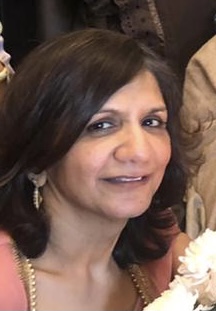
Amita Sehgal
Amita Sehgal, PhD, professor of neuroscience at the Perelman School of Medicine at the University of Pennsylvania, will lead us through her exploration of the molecular and cellular networks that drive sleep need and influence sleep-dependent behaviors. Working primarily with Drosophila, Sehgal has discovered genes and circuits that encourage sleep, and the influence these mechanisms exert over memory, metabolism, and aging.

Tiago Branco
Tiago Branco, MD, PhD, professor of neuroscience and behaviour at the UCL Sainsbury Wellcome Centre, studies how the brain executes ethological behaviors such as escaping danger. His lab aims to develop a mechanistic understanding of the circuits that generate behavior, with the ultimate goal of building realistic models of instinctual decision making.
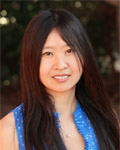
Doris Tsao
Doris Tsao, PhD, professor of biology at the University of California, Berkeley, is known for her discovery of the macaque face-patch system, a network of regions in the brain's temporal lobe dedicated to face processing. Her Tuesday night lecture will describe her quest to understand how the brain recognizes objects, and ultimately constructs our sense of reality.
One of the biggest takeaways from the virtual-only scientific meetings during the height of the pandemic was how much easier it was for researchers to “attend” a meeting from their home or office. SfN saw a diverse global audience register for Neuroscience 2021, including may attendees who may not have been able to travel to the meeting in person.
To minimize the barriers of travel, time, and cost facing neuroscientists interested in attending Neuroscience 2022, the annual meeting will offer select programming to virtual attendees. The Neuroscience 2022 Virtual Component will include virtual posters; livestreaming of select lectures, symposia, and minisymposia; and Q&A opportunities. Registration for the Virtual Component will be half the price of Neuroscience 2022 in-person registration in all member and non-member categories. My hope is that by offering virtually some of the content presented in San Diego, we can ensure that a broad and inclusive audience of neuroscientists are able to benefit from our community’s largest annual gathering.




